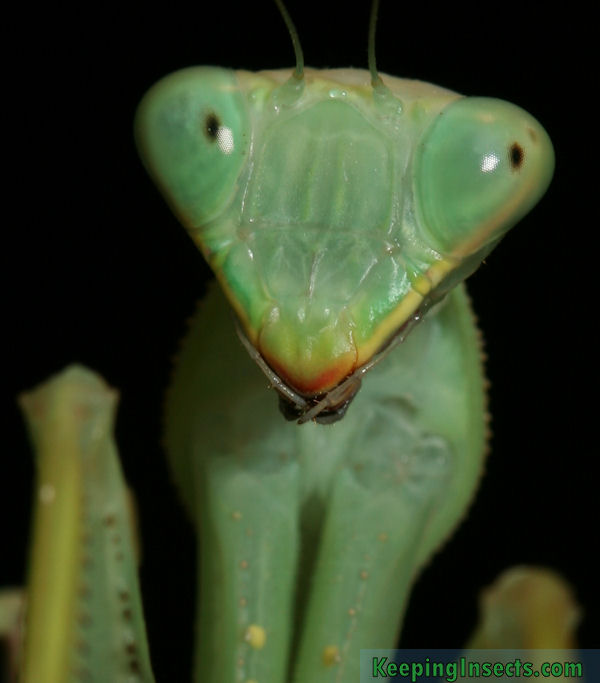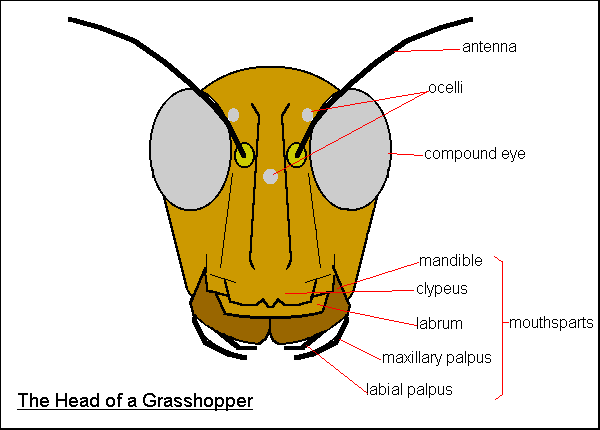
Spatio-temporal filtering by photoreceptorsįigure 3: Transduction current and filtering by the non-transductive membrane. Fusing of voltage responses to single quanta creates the (graded) receptor potential, which is passively conducted along the axon in most cases. Insect photoreceptors, like their vertebrate counterparts, the rods and cones, are able to respond with so-called quantum bumps to single photons, but with fast kinetics. Opening of the channels (products of trp and trpl genes) creates a Ca 2+ and Na + conductance, depolarizing the photoreceptor. The molecular mechanism involves activation of two types of cationic ion channels in the microvillus, creating a light-induced current (LIC) that is measurable with voltage-clamp methods, like the patch-clamp. This takes place in the microvillar part of the photoreceptor in a very small compartment, where all participating molecules are very close to each other. Absorption of light quanta by rhodopsin molecules leads to activation of a G-protein-coupled phosphoinositide pathway. The molecular basis of insect phototransduction is best known in Drosophila melanogaster (Hardie and Raghu 2001). In deeper visual centers the retinotopic organization is disrupted to the benefit of higher level analysis, like motion detection, pattern recognition and visual orientation (Strausfeld 1976). The signals and their information content change continuously, however. This means that the "pixels" created by the anatomical organization of the retina are being preserved. The signals are processed in the first synaptic layer, the lamina, and in the further neural centers (e.g. Action potentials do not exist, generally, although they may have a role in photoreceptors of some species (e.g. Light stimulation creates depolarizing graded potentials in insect photoreceptors (as opposed to hyperpolarizing in vertebrate rods and cones). A number of optical elements focus light to photoreceptors in the retina (cz, the clear zone of the eye). (B) A refracting superposition compound eye. Light to photoreceptors comes through small corneal lens in each small eylet. in butterflies typically in crepuscular or night-active insects), and the neural superposition eye, with the ommatidia optically isolated but neuronal arrangement causes partial summation of pixels (found in diurnal flies)(reviews: Land, 1981 Stavenga 2006).įigure 2: Basic compound eye designs. in locusts and beetles typically in day-active insects), the superposition eye, where theommatidia are not optically isolated (e.g. Main variants are the apposition eye, where the ommatidia are optically isolated (e.g. The optical system shows numerous variations, depending how isolated the ommatidia are from each other and how light is focused onto the photoreceptors. The compound eyes do not form an image like the large lens eyes of vertebrates and octopi, but a "neural picture" is formed by the photoreceptors in ommatidia, which are oriented to receive light from different directions, defined by the optics of the ommatidia, the curvature of the eye and the spacing arrangement and density of the ommatidia (Fig. A compound eye is characterized by a variable number (a few to thousands) of small eyes, ommatidia, which function as independent photoreception units with an optical system (cornea, lens and some accessory structures) and normally eight photoreceptor cells. The structure shown is closest to dipteran flies, although the number of retinotopic elements (facets and corresponding parts in deeper structures) is normally much larger.Ĭompound eyes are organs of vision in arthropods (insects and crustaceans). The size and detailed structure of the different neuronal ganglia and centers may vary from species to species.
#Insect eye xsection license
A copy of the license is included in the section entitled GNU Free Documentation License.Figure 1: Schematic structure of the insect compound eye.
#Insect eye xsection software
Permission is granted to copy, distribute and/or modify this document under the terms of the GNU Free Documentation License, Version 1.2 or any later version published by the Free Software Foundation with no Invariant Sections, no Front-Cover Texts, and no Back-Cover Texts. CC BY-SA 3.0 Creative Commons Attribution-Share Alike 3.0 true true share alike – If you remix, transform, or build upon the material, you must distribute your contributions under the same or compatible license as the original.


You may do so in any reasonable manner, but not in any way that suggests the licensor endorses you or your use. attribution – You must give appropriate credit, provide a link to the license, and indicate if changes were made.to share – to copy, distribute and transmit the work.


 0 kommentar(er)
0 kommentar(er)
